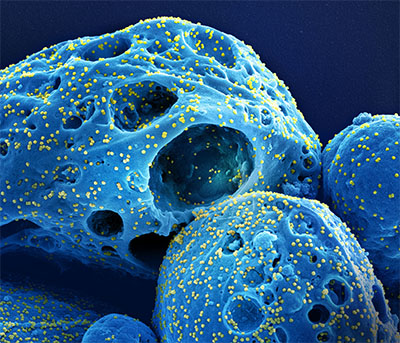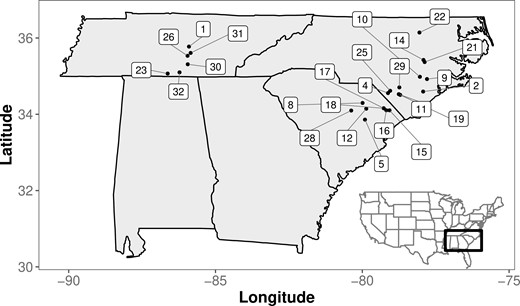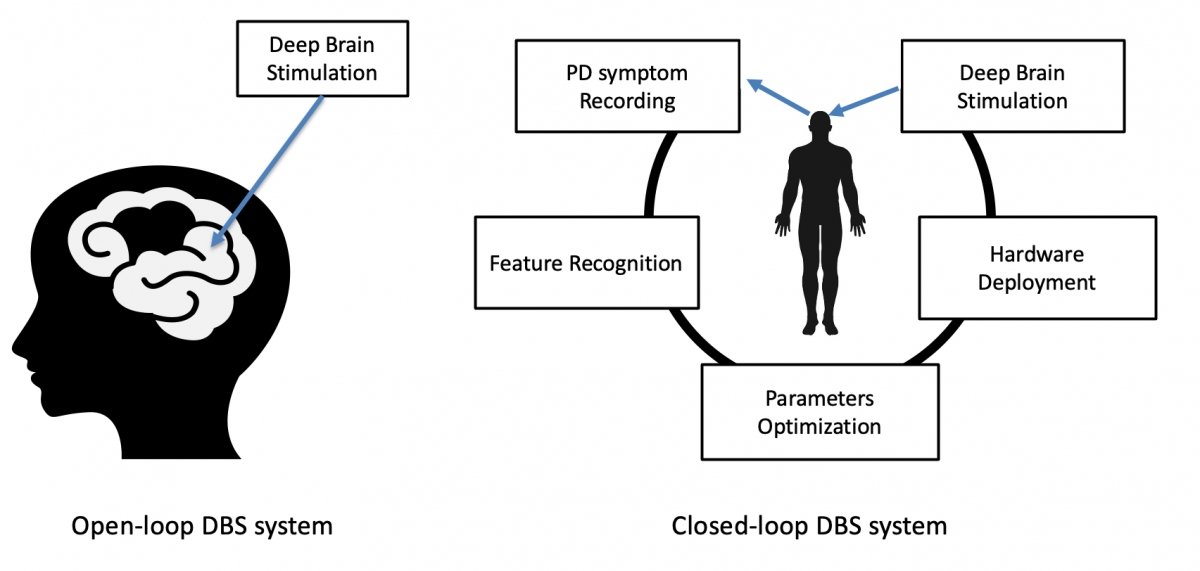2023-03-22 カリフォルニア大学サンディエゴ校(UCSD)

A colorized scanning electron micrograph of cells (blue) infected with the Omicron strain of SARS-CoV-2 virus (yellow), isolated from a patient sample. Variants of the original COVID-19 virus evolved to better dodge vaccine protections and immune response. National Institute of Allergy and Infectious Diseases (NIAID)
◆カリフォルニア大学サンディエゴ校医学部の研究者による最近の研究では、BA.4およびBA.5のスパイクタンパク質の変異により、ワクチン接種やSARS-CoV-2の初期感染で生じた中和抗体から逃れることができることが判明しました。また、経口抗ウイルス薬Paxlovidの早期投与により、抗体の自然な発達が抑制され、全体的な免疫応答が低下し、その後の感染に弱くなることも判明しました。
◆研究者らは、早期の抗ウイルス剤治療によりCOVID-19の重症化を防ぐことができるものの、その後のワクチン接種やブースターの必要性を排除するものではないことを示唆しています。この研究結果は、ウイルスを理解し、効果的な治療法やワクチンを開発するための継続的な研究の重要性を強調するものです。
<関連情報>
- https://today.ucsd.edu/story/why-subvariants-of-the-sars-cov-2-virus-accelerated-the-pandemic
- https://academic.oup.com/ofid/advance-article/doi/10.1093/ofid/ofad154/7081758
SARS-CoV-2 BA.2およびBA.2.12.1感染後の中和抗体反応はBA.4およびBA.5を中和せず、Nirmatrelvir/Ritonavir(NM/r)治療により鈍化しうることが判明 Neutralizing Antibody Responses After SARS-CoV-2 BA.2 and BA.2.12.1 Infection Do Not Neutralize BA.4 and BA.5 and Can Be Blunted By Nirmatrelvir/Ritonavir (NM/r) Treatment
Aaron F Carlin, Alex E Clark, Aaron F Garretson, William Bray, Magali Porrachia, AsherLev T Santos, Tariq M Rana, Antoine Chaillon, Davey M Smith
Open Forum Infectious Disease Published:21 March 2023
DOI:https://doi.org/10.1093/ofid/ofad154
Abstract
The factors contributing to the rapid emergence of severe acute respiratory syndrome coronavirus 2 (SARS-CoV-2) BA.4 and BA.5 subvariants in populations that experienced recent surges of BA.2 and BA.2.12.1 infections are not understood. Neutralizing antibodies (NAbs) are likely to protect against severe disease if present in sufficient quantity. We found that after BA.2 or BA.2.12.1 infection, NAb responses were largely cross-neutralizing but were much less effective against BA.5. Additionally, infected individuals who were treated early with nirmatrelvir/ritonavir (NM/r) (Paxlovid™) had lower NAb levels than untreated individuals.


